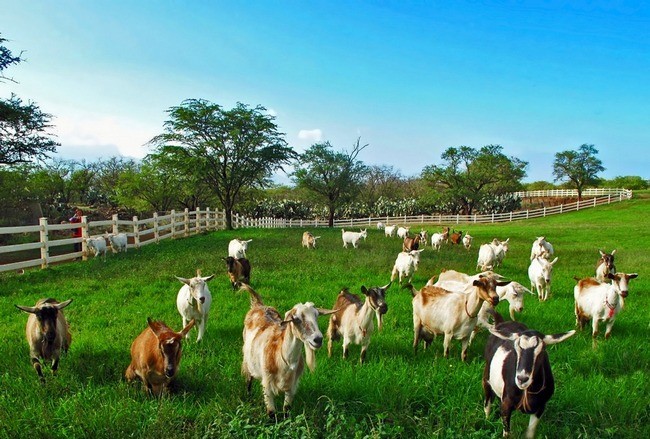Goat farming
Goat farming is the practice of raising and breeding goats for meat (chevon), milk, fiber (like pashmina), and manure. It’s a low-investment, high-return livestock activity suitable for both rural and semi-urban areas.
Key Aspects of Goat Farming:
1. Breed Selection:
Popular Indian breeds: Jamunapari, Beetal, Sirohi, Barbari, Black Bengal
Selection based on purpose (meat, milk, or dual-purpose) and climatic adaptability.
2. Housing & Space:
Well-ventilated, dry, and clean sheds.
Proper space allocation (1.5 to 2 sq.m per adult goat).
3. Feeding:
Green fodder, dry fodder, and concentrates.
Mineral mixture and clean drinking water are essential.
4. Health Management:
Vaccination (PPR, FMD, Enterotoxemia, etc.)
Regular deworming and vet check-ups.
5. Breeding & Reproduction:
Sexual maturity: 8–10 months; gestation: ~150 days.
Two kiddings per year under good management.
Benefits of Goat Farming:
- Requires low investment and maintenance.
- Suitable for small and marginal farmers.
- Provides multiple products: milk, meat, manure, and skin.
- High market demand and profitability.
- Goats are resilient and adaptable to harsh climates.


